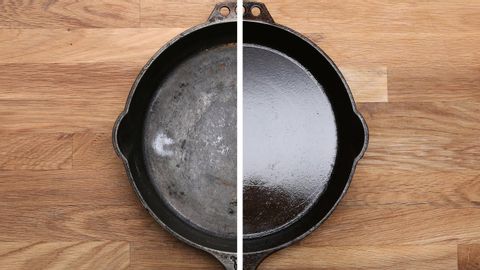
Subtitles & vocabulary
How To Cook With Cast Iron
00
g2 posted on 2016/10/31Save
Video vocabulary
go
US /ɡo/
・
UK /ɡəʊ/
- Verb (Transitive/Intransitive)
- To attend or be at a place
- To do an activity
- Countable Noun
- A turn in a game
A1
More to
US /tu,tə/
・
UK /tə/
- Adverb
- Toward a point, person, place or thing
- Into a state of consciousness or awareness
- Preposition
- Showing that one thing is attached to another
- (Indicates a comparison between two people/things)
A1
More clean
US /klin/
・
UK /kli:n/
- Adverb
- Completely; entirely
- Adjective
- Not marked in any way; blank
- Done according to the rules or standards; fair
A1
More cooking
US
・
UK
- Verb (Transitive/Intransitive)
- To heat food until it is ready to eat
- Uncountable Noun
- Hobby or pastime of learning to cook
A1
More Use Energy
Unlock All Vocabulary
Unlock pronunciation, explanations, and filters
